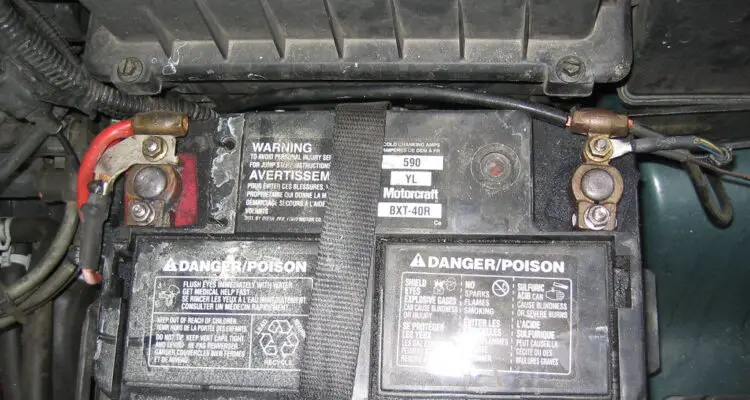When it comes to troubleshooting and fixing electrical issues in your car, having a solid understanding of a 3 wire alternator wiring diagram is crucial. This article aims to provide a concise yet comprehensive overview of the key points related to 3-wire alternators. From their functionality to installation and troubleshooting tips, we’ve got you covered.
Decoding Alternators
In this section, we’ll delve into the basics of alternators, including their purpose, essential components, and the process of converting mechanical energy into electrical energy.
Exploring Alternator Types
We’ll discuss various alternator types such as 1-wire, 2-wire, 3-wire, and 4-wire alternators. By highlighting the advantages of 3-wire alternators, particularly their ability to monitor electrical needs continuously, we’ll help you make an informed decision.
Simplified Wiring for 3-Wire Alternators
Step-by-step, we’ll walk you through the process of wiring a 3-wire alternator. From disconnecting the battery to connecting the positive and negative cables, we’ll ensure you have a clear understanding of each crucial step.
Seamlessly Install a 3-Wire Alternator
Once you’ve grasped the wiring process, we’ll move on to installation. We’ll provide a detailed guide on how to install a 3-wire alternator, including necessary tools, precautions, and step-by-step instructions for a successful installation.
Troubleshooting a Faulty Alternator
This section will help you identify the signs of a faulty alternator, such as warning lights and dimmed headlights. We’ll guide you through inspecting battery and alternator connections, conducting voltage tests, reviewing wiring, and checking the voltage regulator. Armed with these troubleshooting techniques, you’ll be well-equipped to diagnose and resolve alternator issues.
Weighing the Pros and Cons
Understanding the advantages and disadvantages of 3-wire alternators is essential. We’ll highlight the benefits, including their durability, cost-effectiveness, improved performance, and enhanced safety. Additionally, we’ll address potential downsides such as initial cost and wiring complexity.
Conclusion:
In conclusion, this comprehensive guide has provided valuable insights into 3-wire alternator wiring diagrams. By mastering the fundamentals of alternators, following the step-by-step wiring and installation instructions, and utilizing troubleshooting techniques, you’ll gain the confidence to tackle electrical issues in your vehicle. Remember to prioritize safety and seek professional assistance if needed. With a solid grasp of 3-wire alternators, you’ll be well-prepared to maintain and optimize your car’s electrical system effectively.







